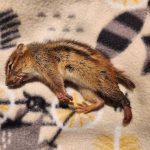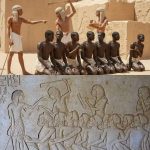Dian Fossey was found face-down on the wooden floor of her cabin in the Rwandan highlands

Dian Fossey was found face-down on the wooden floor of her cabin in the Rwandan highlands, December 1985 — skull split open by a machete, lantern still burning on the desk beside her journals. Dian Fossey did not die in the wild. She was killed for protecting it.

To villagers, she was Nyirmachabelli — “the woman who lives alone with the gorillas.” To scientists, she was a stubborn genius. To poachers, she was a threat, a shadow in the mist who tore down snares with bare hands and stared toward rifle barrels without blinking.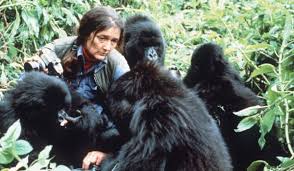

But before she was legend, she was just a girl from San Francisco, born in 1932, learning to heal children’s bodies as an occupational therapist. No zoology degree, no clear destiny. Then came Africa — 1963 — and everything changed.
The mountains called her, and she answered.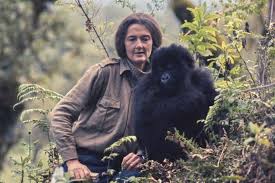

She mortgaged her home, left comfort behind, and built Karisoke Research Center from mud floors, canvas tents, and sheer defiance. Day after day she climbed into mist-soaked forests, crawling on all fours, mimicking chest-beats and soft grunts, earning the trust of animals most people feared. And the gorillas welcomed her.
She saw their playfulness, their tenderness, their grief.
She held their gaze and understood — they were family. And once she loved them, she could not unlove them. So when the world hunted them, she hunted the hunters.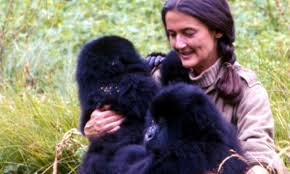

She burned poachers’ traps. She exposed corruption that pretended to protect but chose profit over life.
“When you realize the value of all life,” she wrote,
“you dwell less on what is past and concentrate on the preservation of the future.” But that future had enemies.
After her beloved gorilla Digit was butchered in 1977 — head severed, hands taken as trophies — something inside her hardened. She buried him with trembling hands, then founded the Digit Fund to fight back.
The threats grew. The jungle whispered warnings.
Her diary hinted a truth she would not say aloud: They are coming for me. And they did.
No one was ever convicted. Her killers still live somewhere behind that fog.

Yet today, more than a thousand mountain gorillas breathe because she stood between innocence and greed, between nature and the world that wanted to rip it apart.
Dian Fossey did not just study gorillas — she shielded them.
She proved that loving the wild is not gentle. It is war.
And sometimes, it is martyrdom.
In the mist she still walks — protector, witness, and the heartbeat of a forest that refuses to forget her.
